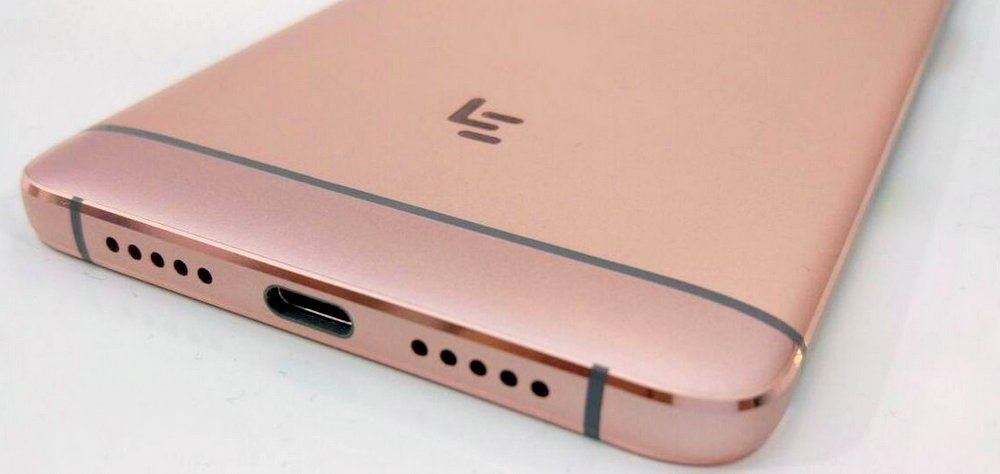LeEco Max 2 Pro Rumoured to be 8GB RAM, 25MP Camera Phone; Are These Even Required?

There was a time when smartphone makers were launching beefed up smartphones, not because the phones were sloppy, but because the technology companies were experimenting and innovating with their hardware and software both.
Every premium smartphone was benchmarked with iPhone and we could understand why, but now the race seems to be within the Android ecosystem. Vivo X Play, LeEco Le Max 2 and OnePlus 3 are a few phones that hide a massive 6GB RAM under that slender design to provide users will a ‘responsive and blazing fast experience’, but is that all we need?
According to a report by GizChina, the next flagship from LeEco, Max 2 Pro is going to house an even bigger 8GB RAM, which exceeds the average laptop user’s needs. Powering the phone will be Qualcomm Snapdragon 821 quad-core processor which makes a sweet combo for a smartphone.
To top it all, LeEco is planning to plant a 25MP rear camera, directly competing with Sony smartphones. However, 8GB RAM takes the thunder away from other miniscule hardware pieces expected in the flagship.
For Chinese manufacturers, is higher the better?
When Asus came out with its Zenfone series powered by 4G of RAM, critics did not give much thought to it thinking this would be the end of the RAM race. Little did we know that Chinese companies like LeEco, OnePlus and Vivo would obsess over even bigger RAMs in these handheld devices.
My daily driver, my laptop, has a 4GB of RAM which works well all the time, no hiccups whatsoever, even in case of RAM intensive software usage and gaming. I understand Android is power hungry, but it does not require anything more than 4GB, even in extreme cases.
The Snapdragon processor on the other hand is getting better and better and it makes sense to use it in addition to a good quality RAM. However the camera module is what irks me. Camera is smartphones can not replace a high-quality DSLR, period.
Unless the companies come up with a ground-breaking technology to pack all the punch from a DSLR in a tiny lens, the smartphones cameras are not getting any better with higher megapixels. More megapixels does not mean better image quality, it only increases the size of the picture, so that when you zoom in you get better detail.
And the point handset makers are missing is…
You do not need an 8GB RAM in a smartphone! It sounds preposterous and looks like a gimmick to attract customers. The common man cannot differentiate between a 4GB RAM and an 8GB RAM, and when a company markets its flagship with these specifications in bold, it is not just making sales, but propagating something irrelevant to Android.
Of course a 25MP camera with so and so features sounds more attractive than a 16MP camera, and this is what these companies are taking advantage of. In the end, it is the quality of sensors that matter, and not the size of the pixels.
There is clearly no innovation in launching a monster phone with almost no software utility to use that power. Innovation comes in terms of optimizing performance of the smartphone with interesting features like modular panels, bendable displays and foldable screens etc.
What do we really need from smartphones?
As the size of the RAMs and processors gets bigger, the smartphone becomes more power-hungry, finally leading to a poor battery life. There needs to be a balance between power and battery life, which sadly is missing in all flagships.
This is one of the reasons portable batteries and power banks are gaining so much attention, and at the same time creating a problem that is being overlooked by these large handset makers.
A perfect flagship can sport a 3GB RAM, a good Snapdragon or a MediaTek processor, 32GB ROM and a 13MP camera, keeping in mind that the average user only requires internet, a few applications, and games once in awhile.
When will these smartphone makers claim ‘10,000mAh’ battery with 5-day backup, or an advanced battery than can run up to 50-60 hours. Smartphone companies are offering us what we want, not what we need. There lies a clear distinction between the two, and the former is being given precedence at the moment.

Your article has enlightened me. The simple and fluid language of your article makes clear sense to a layman (like myself). I was under the assumption that more features are always better (RAM, Megapixel). I now understand that all these high specs are just a marketing gimmick. Thank you for the insight.
It would be great if you could suggest some phones with good specs which would help us make an informed decision.